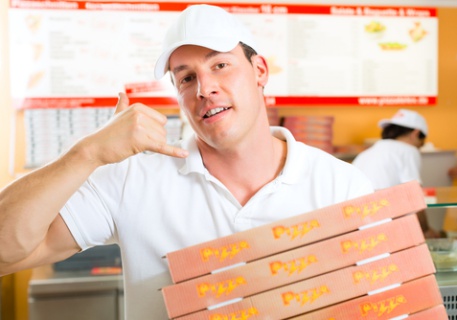GrubHub’s Delivery Play

The food on-demand delivery wars currently being waged between Google, Amazon and a host of start-up players had just gotten a new entrant: GrubHub. The company – which currently helps users connect to restaurants that deliver – is now starting to experiment with actually delivering the meals itself.
The new service is in beta in three markets — San Francisco, Los Angeles and Chicago — but yesterday (February 5) it was further announced that the Chicago-based firm has purchased Massachusetts-based DiningIn and signed an agreement to acquire Restaurants on the Run of Aliso Viejo, California. Taken together, the two purchases come to $80 million, and indicate that GrubHub will be able to carry off deliveries for 3,000 restaurants in about a dozen U.S. metro markets.
It remains to be seen whether or not they can make the finances on this work, since price could well be the deciding factor for users. The current instantation of GrubHub still values volume over premium pricing, and the goal is to provide its own delivery while maintaining the 14 percent margin it currently charges for its back-end infrastructure.
The two business they just acquired have a notably higher margin (20 percent -30 percent) than many restaurants are charged by current delivery groups, and GrubHub only plans to charge delivery customers a nominal fee to make the delivery cost itself neutral.
“There is economy of scale in the volume of deliveries,” explains Bill Gurley, a venture capitalist and GrubHub board member. “The more volume you have, the more economical you can be.”
The pricing also would be designed to put pressure on rivals like Square, which put down $90 million to acquire on-demand restaurant delivery start-up Caviar. It could also preempt moves by Google and Amazon, both of which seem to be charging hard into every part of the on-demand delivery space.
“I have a very strong belief that these verticals are more complex than people realize,” Gurley says. “Remember when LivingSocial jumped into GrubHub’s business? You could point the same finger at Square. It looks easy from the outside, but you get inside and realize that you have to keep all of these menus up to date and handle compliance and customer service and all other sorts of detailed work. Yes, the bigger companies may make moves here, but I’d rather be in the leading spot — with a business built around large order flow — than anywhere else.”